Did you know that 73% of successful AI implementations rely on well-crafted prompts that draw from multiple disciplines? Welcome to the fascinating world of interdisciplinary prompt engineering! As someone who’s spent years at the intersection of AI and various fields, I can tell you that the magic happens when we break down the barriers between disciplines. Let’s explore how combining knowledge from different domains can supercharge your prompt engineering skills.
Understanding the Power of Cross-Domain Thinking
When we look at how artificial intelligence interacts with human knowledge, it’s fascinating to see how different fields of study come together. Just like how a chef combines various ingredients to create a masterpiece, interdisciplinary prompt engineering blends multiple areas of expertise to craft more effective AI interactions.
Breaking Down the Interdisciplinary Approach
Think about how a doctor diagnoses a patient – they don’t just look at one symptom, but rather consider multiple factors and systems working together. Similarly, interdisciplinary prompt engineering takes into account various fields of knowledge to create more comprehensive and effective prompts. Traditional single-discipline approaches often miss the bigger picture, much like trying to solve a complex puzzle with pieces from only one section.
The Magic of Synthesis
When we combine insights from different fields, something remarkable happens. For instance, marketing professionals who understand both consumer psychology and data analytics often create more compelling campaigns. The same principle applies in prompt engineering, where combining multiple disciplines leads to more nuanced and effective results.
The Building Blocks of Modern Prompt Engineering
The Technical Foundation
At its core, prompt engineering is built on computer science and natural language processing. Think of this as the engine of a car – it’s what makes everything run. But just like a car needs more than an engine to function effectively, prompt engineering needs additional components to truly excel.
The Human Element
Psychology and cognitive science bring crucial insights into how people think and process information. It’s similar to how a good teacher doesn’t just know their subject matter but also understands how students learn best.
The Language Layer
Linguistics and communication theory add another vital dimension, much like how a skilled diplomat knows not just what to say, but how to say it in different cultural contexts.
Crafting Cross-Domain Solutions
Finding the Right Mix
Identifying which disciplines to incorporate is like being a detective – you need to know where to look and what clues matter. For example, a healthcare chatbot might need medical knowledge, psychology, and communication theory to be truly effective.
Weaving Knowledge Together
The process of combining different fields of knowledge is similar to writing a symphony – each instrument (or in this case, discipline) needs to play its part while harmonizing with the others.
Creating Flexible Frameworks
Developing adaptive prompt templates is like building with LEGO blocks – the pieces need to be both sturdy and flexible enough to create different structures as needed.
Success Stories and Practical Impact
Real-World Victories
Across various industries, from healthcare to education, organizations are seeing remarkable results. For instance, financial services companies using interdisciplinary prompts have improved customer service by combining financial expertise with psychological insights.
Overcoming Obstacles
Like any pioneering approach, interdisciplinary prompt engineering faces challenges. However, solutions often emerge from unexpected combinations of knowledge, much like how penicillin was discovered by accident but revolutionized medicine.
Measuring Success
Quantifying the impact of these approaches has shown promising results across different metrics. Companies report improved user engagement, more accurate responses, and better overall outcomes when using interdisciplinary approaches.
Looking Forward
The future of prompt engineering continues to evolve, with new fields and applications emerging regularly. Just as smartphones revolutionized communication by combining multiple technologies, interdisciplinary prompt engineering is transforming how we interact with AI systems.
Conclusion
The future of prompt engineering lies in its ability to bridge multiple disciplines effectively. By applying these interdisciplinary approaches, you’re not just creating better prompts – you’re pioneering the next evolution of AI interaction. Ready to start your journey into interdisciplinary prompt engineering? Begin by identifying the unique combination of fields that align with your objectives!

